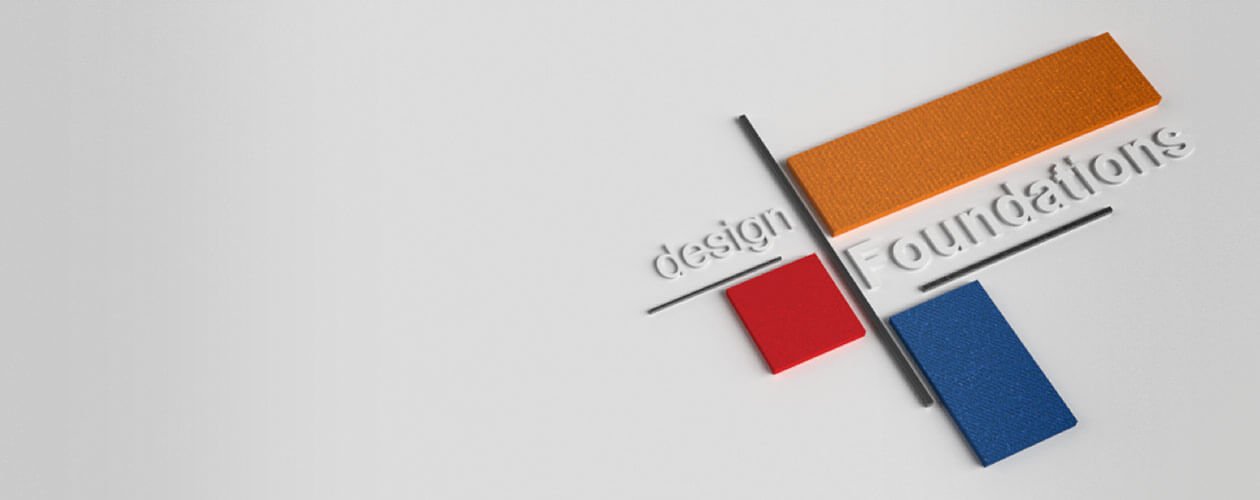
Dreaming to be a great designer? This course explores the successful two-dimensional art techniques needed for students to communicate effectively in the visual arts. The principals and elements of art explored in this course is a creative journey, developed to include the industries perspective. That way, the student is able to take what they have learned in the class to their related field, art of gaming, graphic design, animation, or illustration. The student will understand the need for quality, craftsmanship, and mastery in the discipline of their art. We hope this course will encourage our students to aspire to high artistic standards that they will be applied to all their creations.
Course Outline
Module 1 | Elements of Art
The student will begin to learn how to design using the Elements of Art, Line, Shape, Form, Space, Value, Texture, and Color to effectively communicate their visual ideas. With skill the student will strategically dive into the form and function of light and shadows, color and structure, hue and simulated and invented textures that can enhance the quality of the work illustrated.
Module 2 | Principles of Design
Similar to week one, the Design Foundations such as the Principles of Design: Balance, Rhythm, Emphasis, Movement, Variety, Proportion, Harmony, and Unity will be explored. The student will learn to unify the Elements with the Principles to create strong cohesive harmonious compositions that are well designed.
Module 3 | Figure Ground Confusion
Mastering lights and darks is the key for an effective designer, animator or illustrator. The figure/ground relationships taught this week help to lay that foundation for the student’s success. The student will understand and learn the balance between positive and negative space that create striking and memorable compositions.
Module 4 | Color Theory: Monochromatic / Analogous
The entertainment industry uses Monochromatic compositions because they create a mood and striking movie shots that help convey a story. Students are introduced to this color theory and learn how to develop simplicity with a limited color palette. Also, the student will explore the harmonious unity in analogous color schemes to add more elegance to their compositions and designs.
Module 5 | Color Theory: Complementary / Split Complementary
The student’s studio work is escalated by creating dynamic contrasts of complementary hues projects. The student will also understand how the relationship of split-complementary color schemes can effectively empower an image to convey an idea and add depth to a composition.
Module 6 | Color Theory: Triadic Color
Moving forward we will explore triadic color schemes by using three harmoniously hues to enhance the energy in a composition.
Module 7 | Color Theory: Warm Colors
Warm colors are everywhere. In this module the student will explore creative ways to convey the idea of energy and passion by using warm hues in their compositions.
Module 8 | Color Theory: Cool Colors
Cool colors have a calming effect on the viewer. By manipulating the cool hues, the artist can help change the mood of the viewer. Students will learn how to use cool colors to develop sophisticated compositions and how they relate to a commercial product line as well.
Course Instructor
Available Enrollments
Design Foundations
For this on-ground course, students will have the opportunity to work with their instructor in studio.
Included with this course:
- 8 weeks of professional instruction
- Access to the on-ground facilities and resources
- Weekly assignments and feedback
- Graded final assignment
- Credit towards a corresponding program area
*Disclaimer: Because this is an on-ground course, a minimum of 5 students must sign up for the course to make. If the course does not reach this minimum, all students who have signed up will be fully refunded and the course schedule will be canceled.
Enroll now for this on-ground course that begins 3/3/2025!